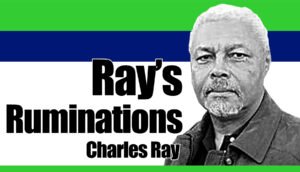• NONITO S. CABRERA JR.
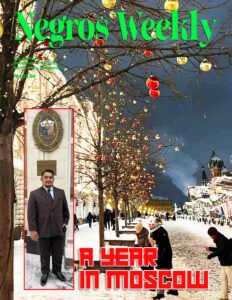
The writer, a native of Bacolod City, is a 32-year-old Filipino diplomat and foreign service officer. His parents are Nonito Cabrera Sr. (deceased) and wife, the former Ma. Lourdes Santillan.
He attended most of his high school at Negros Occidental High School in Bacolod City. For his Senior Year in 2006-2007, he was sent to the United States as a foreign exchange scholar under the US State Department’s American Field Service Youth Exchange and Study Program; he was hosted in Lakewood, Washington.
He graduated with a bachelor’s degree in Consular and Diplomatic Affairs from De La Salle – College of St. Benilde in 2011, and later on completed his Master of International Studies with a major in Political Science from the University of the Philippines (with honors) in 2019. In the same year, he passed the Department of Foreign Affairs Foreign Service’s Officers examination.
He has worked in various industries including food and beverage, advertising and marketing, Business Process Outsourcing, business consultancy, education and tourism.
He joined the Foreign Service in 2019 as Principal Assistant in the DFA’s Office of ASEAN Affairs, was in the mandatory Cadetship Program in 2021 and was later assigned to the Office of Middle Eastern and Africa Affairs as Assistant Director for the Middle East Division.
He currently serves as Third Secretary and Vice Consul at the Philippine Embassy in Moscow, Russian Federation (with concurrent jurisdiction over Armenia, Belarus, and Kazakhstan), and as Head of the Embassy’s Economic and Cultural Section.
***
Snow is falling steadily in thick clouds, fluttering lightly in the overcast sunlight, before it hits the ground and settles into an immaculate white sheet over the landscape. It is only -4 degrees Celsius on the temperature reading but a relentless wind blows over the frozen Moskva River, stirring up more snow and cold air and sending everything in this cold and inhospitable landscape ashiver.
I look outside my window at this surreal wonderland of snow white, and still could not quite believe that I have been living in this city for exactly a year today. It would feel like a fever dream if not for the flood of Facebook Memories reminding me that I landed in this city a year ago to start a year of adventure.
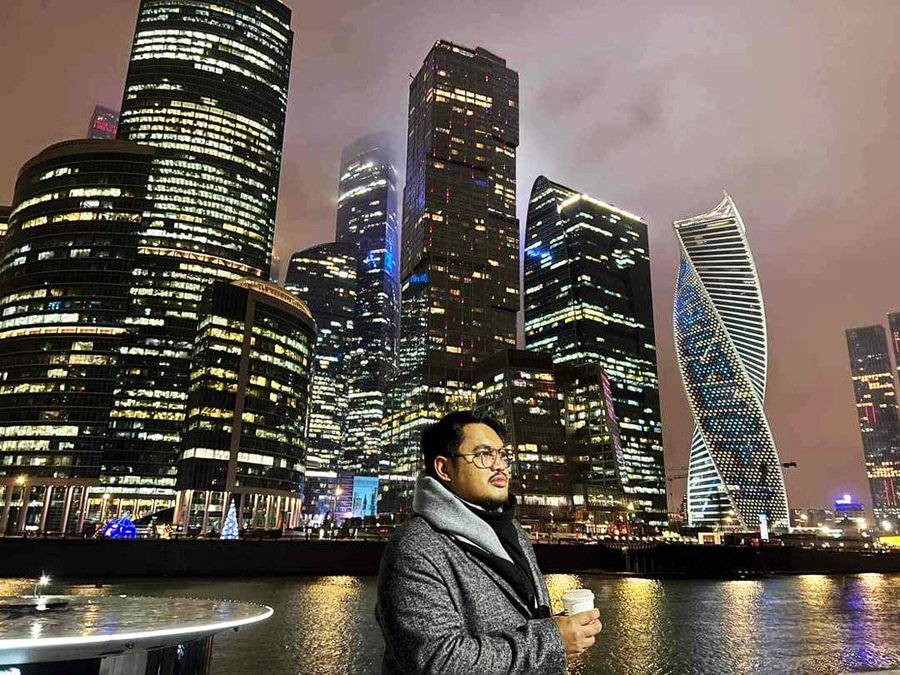
I arrived in Moscow on a snowy afternoon on Dec. 16, 2022, to a frozen city that was almost brought to a standstill by the heavy blizzard from the night before. But the hardy and robust people of this city are used to the snow. In fact, here it is a way of life.
Muscovites complain about the winter for sport but look forward to the festivities of Noviy God, the Russian New Year which is equivalent to our end-of-year whirlwind of parties, gatherings, and feasts.
I have nowhere near the endurance and the tolerance to the cold of these Muscovites who have taken to the tradition of eating ice cream while promenading on the Red Square in the middle of winter, nor will I ever come close to calling myself a true Muscovite, but after having lived here for a year, I have come to love this city and have called it my own.
In the past year, I have learned the language, engaged with the people, and imbibed the richness of the culture of a civilization as storied and old as time itself.
Russia is a feast for the senses, with its rich cultural tapestry which can be explored by taking in the country’s historical landmarks, museums, and vibrant arts scene. The diverse cultural offerings provide a deep appreciation for Russia’s past and its contributions to global heritage as a powerful country in the world’s stage.
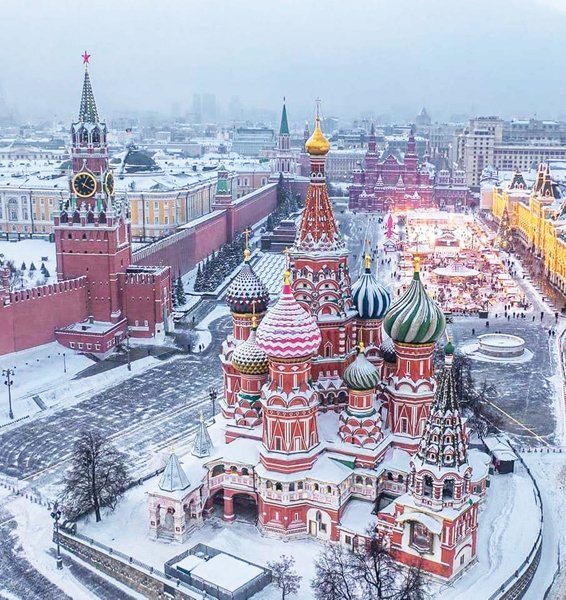
Russia’s vast and picturesque landscapes captivate the soul. From the iconic Red Square in Moscow to the serene beauty of the Russian countryside, each locale offers a breathtaking backdrop for both leisurely strolls and reflective moments. Russian cuisine, savoring traditional dishes like borscht, blini, and pelmeni.
Exploring the local food markets and embracing the flavors of Russian gastronomy have become a cherished aspect my time in the country.
In terms of key points of interest, I have explored iconic landmarks such as the Kremlin, St. Petersburg’s Hermitage Museum, and the scenic Golden Ring of important historical towns and villages surrounding the Moscow region. Each visit has been an opportunity to delve into Russia’s rich history and architectural wonders.
Contrary to belief, majority of Russians who follow the Orthodox Religion are actually very religious. Everywhere you go in the capital, and even outside of the Moscow region, there are massive Orthodox churches that have been preserved despite the historical events which have threatened to severe the Christian faith in the vast country.
Russians observe a semblance of Christmas-related festivities. The Christmas holiday mood in Russia is marked by sparkling lights, festive decorations, and a general sense of joy. The city is also awash with lights, similar to how the West and the Philippines would celebrate the Yuletide holidays.
The Russian people, predominantly Christian with a large subset of the population adhering to other world religions, embrace the holiday spirit with enthusiasm, making it a warm and inviting atmosphere.
In terms of Christmas-related observations, there is a unique blend of Russian traditions, including the celebration of New Year’s as a significant holiday. The practice of decorating fir trees, exchanging gifts, and partaking in festive meals during the New Year festivities add a distinct charm to the holiday season in Russia. The snow and the cold winters, of course, adds to the charm.
While I may not regularly attend a Christian church in Russia, I appreciate the diverse religious landscape. Russia boasts impressive Orthodox churches, mosques, synagogues and cathedrals, showcasing a blend of architectural styles that reflect its complex history. Exploring these places of worship becomes an integral part of my cultural exploration in the country.
It is, indeed, an eye-opening experience because prior to coming to Russia, I have never imagined the country to be so diverse in terms of its many religious groups, federal subjects, and nationalities.
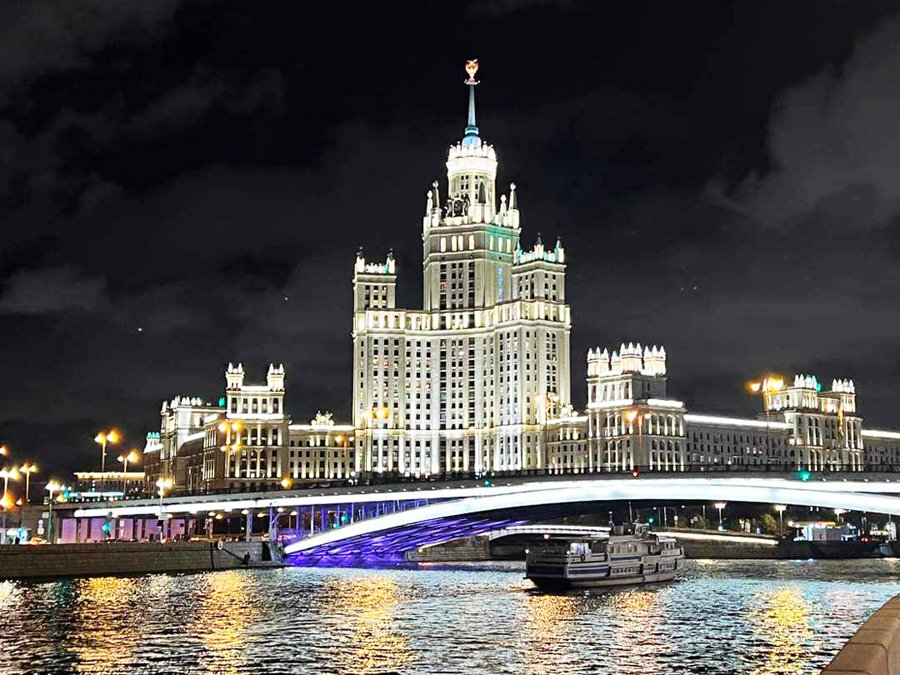
The Filipino community in Russia, though not as large as in some other locations, is close-knit and supportive. There are about 8,000 Filipinos within the Russian Federation, most of them women. Filipinos in Moscow and beyond engage in various professions, contributing to the cultural diversity of the expatriate community. Many Filipinos work in healthcare, education, and skilled labor, furthering collaboration and fostering a sense of unity among the community members.
I still have five more years in my tour of duty and I cannot wait to explore more cities. The country spans 11 time zones, and between the easternmost and westernmost points are a dazzling array of landscapes, destinations, and cultures that I have yet to visit and explore.
Luckily, my work grants me the wonderful opportunity to experience all this. As head of the Cultural and Economic Section of the embassy, my role is to ensure that Philippine foreign policy is pursued in Russia, and in our other concurrent jurisdictions. As Third Secretary and Vice Consul, I am also tasked with the economic and cultural engagements of the Philippines with Armenia, Belarus, Kazakhstan, and of course, Russia.
I look forward to 2024, where it may be possible for the Philippines and Russia to exchange flights and to open up routes of travel and tourism. Maybe soon, more Filipinos can experience a White Christmas here in the wonderful city of Moscow. | NWI




